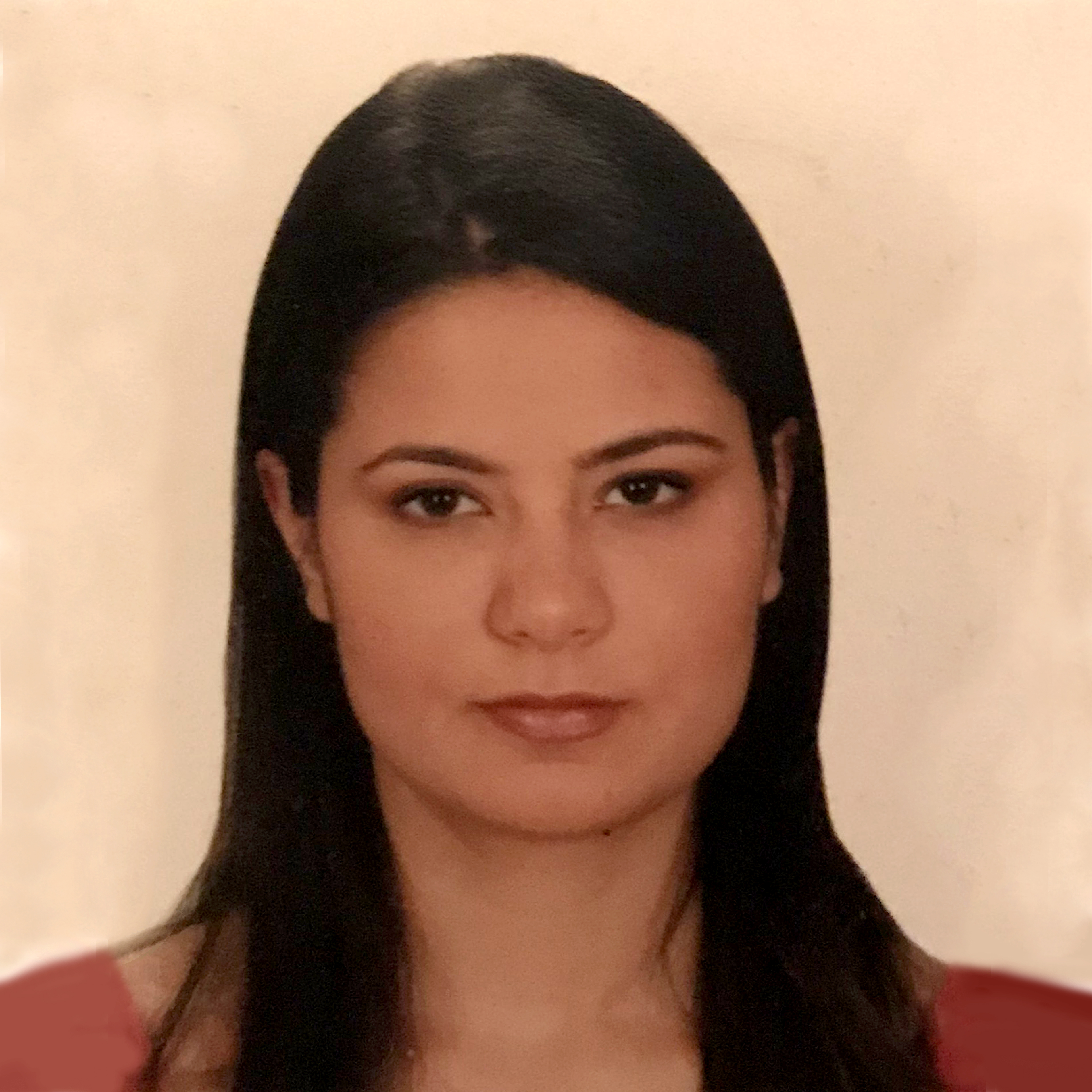
Dr Gulen Ozkula
Postdoctoral Researcher
Department of Structural Engineering
University of California, San Diego
Dr Gulen Ozkula is currently an Assistant Professor at Civil Engineering Department at Namik Kemal University, Turkey. She graduated as valedictorian of Civil Engineering Department at Celal Bayar University in 2007. She also got her second degree in Business Administration from Anadolu University in the same year. After graduation, she moved to the US in 2008 and attended University of Pennsylvania (UPENN) to take Business classes. Gulen obtained her master's degree in Civil and Environmental Engineering from the University of Illinois at Urbana Champaign (UIUC) in 2011. She joined the University of California, San Diego (UCSD) same year and received her PhD in Structural Engineering with a focus on steel structures in 2017. She conducted her postdoctoral research at UCSD under the supervision of Professor Chia-Ming Uang. Her research interests include seismic design, evaluation and rehabilitation of steel structures, performance-based earthquake engineering, collapse risk assessment of steel structures and large-scale testing of steel structures.
Seismic Behavior, Modeling and Design of Deep Wide-Flange Steel Columns for Special Moment Frames
Steel Special Moment Frame (SMF) is a preferred seismic force-resisting system for its architectural flexibility and high ductility. To achieve economy in design and construction, there is a growing trend to use deeper columns (e.g., with a section depth larger than 14 in.) to limit the code-enforced story drift requirements in recent years. A deep column has larger slenderness ratios and is more vulnerable to both local and global buckling. Since AISC Seismic Provisions assume that plastic hinging will occur at not only beam ends but also column bases, little research was available on the deep column hinging behavior under axial compression and cyclic drift.
A full-scale test program with thirty-seven deep columns subjected to both axial compression and cyclic drift was conducted. Test variables included sectional and member slenderness ratios for local and global buckling controls, axial force level, axial force type (constant versus variable), boundary condition (fixed-fixed versus fixed-flexible), transvers loading type (monotonic, cyclic, or near-faulty), axis of bending (strong-axis versus weak-axis) and bending type (uniaxial versus biaxial). From the database of this test program and a prior one with shallow (W14) stocky columns, three buckling modes were identified. Significant shortening was common to two buckling modes that were typical in deep columns, but not in shallow and stocky columns.
While the observed buckling modes could be properly simulated by nonlinear finite element simulation, a practical procedure to predict the governing buckling mode was needed for both cyclic modeling and design purposes. One procedure which considered the interaction between flange and web local buckling was first proposed; the accuracy of the procedure was verified by results from both tested columns and a large number of numerically simulated columns. Second, the combined experimental and numerically simulated database was then used in a multivariate regression analysis to establish expressions for the cyclic backbone curves; these curves are needed for ASCE 41-type performance-based nonlinear response analysis of SMF. Finally, the same database was used to establish the limiting width-thickness ratios for potential adoption by AISC Seismic Provisions. A novel approach which considered the axial shortening as the limit state was proposed to establish these limiting width-thickness ratios for column design.